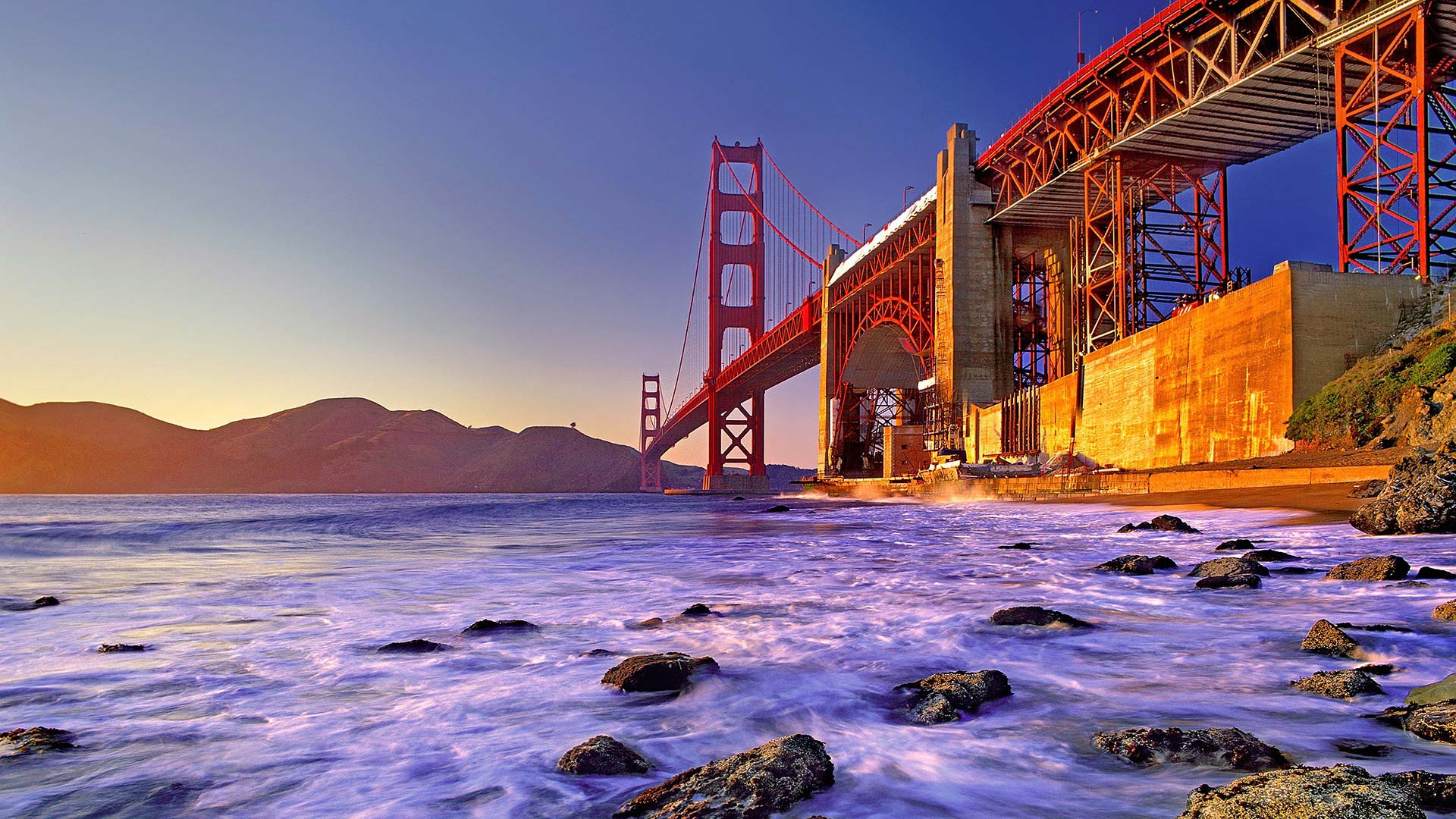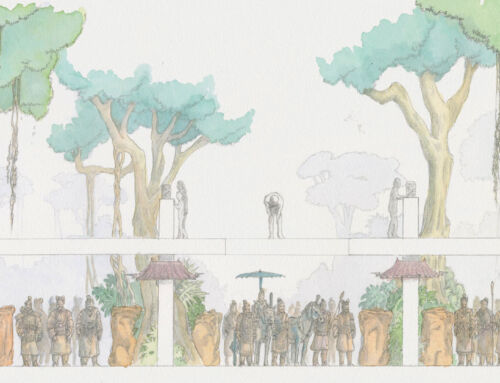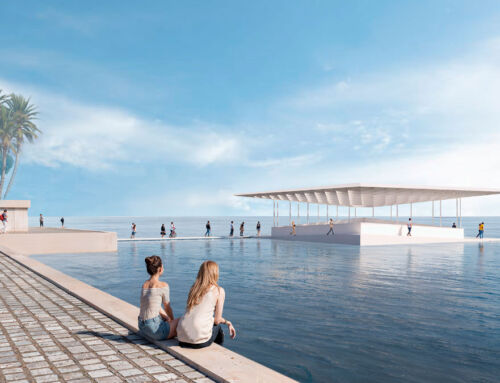Bridges are amazing structures that link worlds, overcome natural obstacles and become iconic architectural landmarks. On this occasion, driven by our fascination with bridges, we are going to explore various structural typologies:
- Suspension bridges: renowned for their elegant design, they are supported by large pillars located at the ends, to which the cables that support the structure are anchored. The Golden Gate Bridge in San Francisco, USA, and the Akashi Kaikyo Bridge in Japan are just two examples.
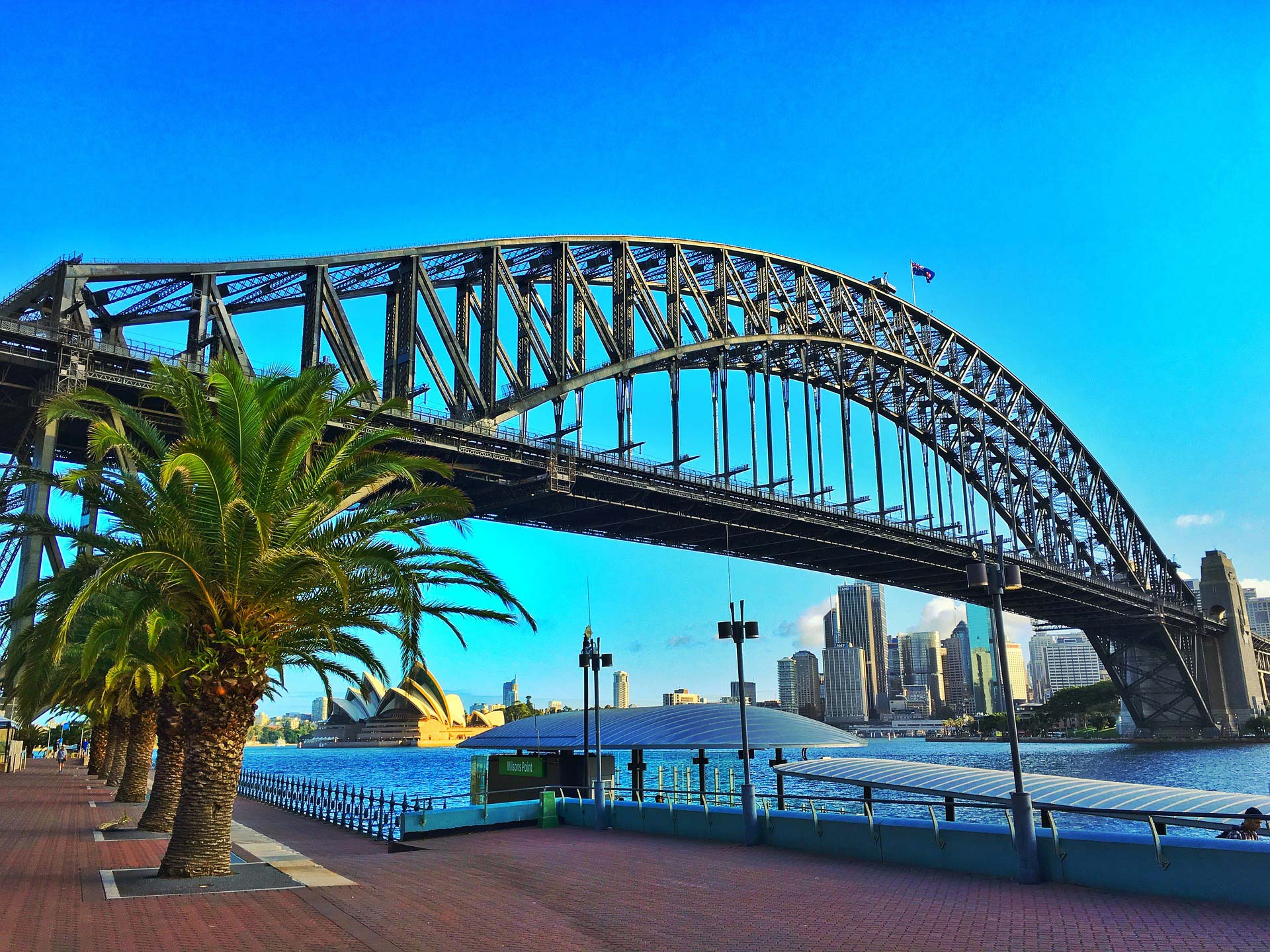
- Arch bridges: this structural typology follows the geometric shape of the arch to overcome long spans, thanks to materials that work mainly in compression, such as natural rock or concrete. The Sydney Bridge in Australia and ancient Roman bridges are representative examples.
- Cable-stayed bridges: although similar to suspension bridges, cable-stayed bridges differ in that the large number of cables used as the main element directly connect the piers to the deck.
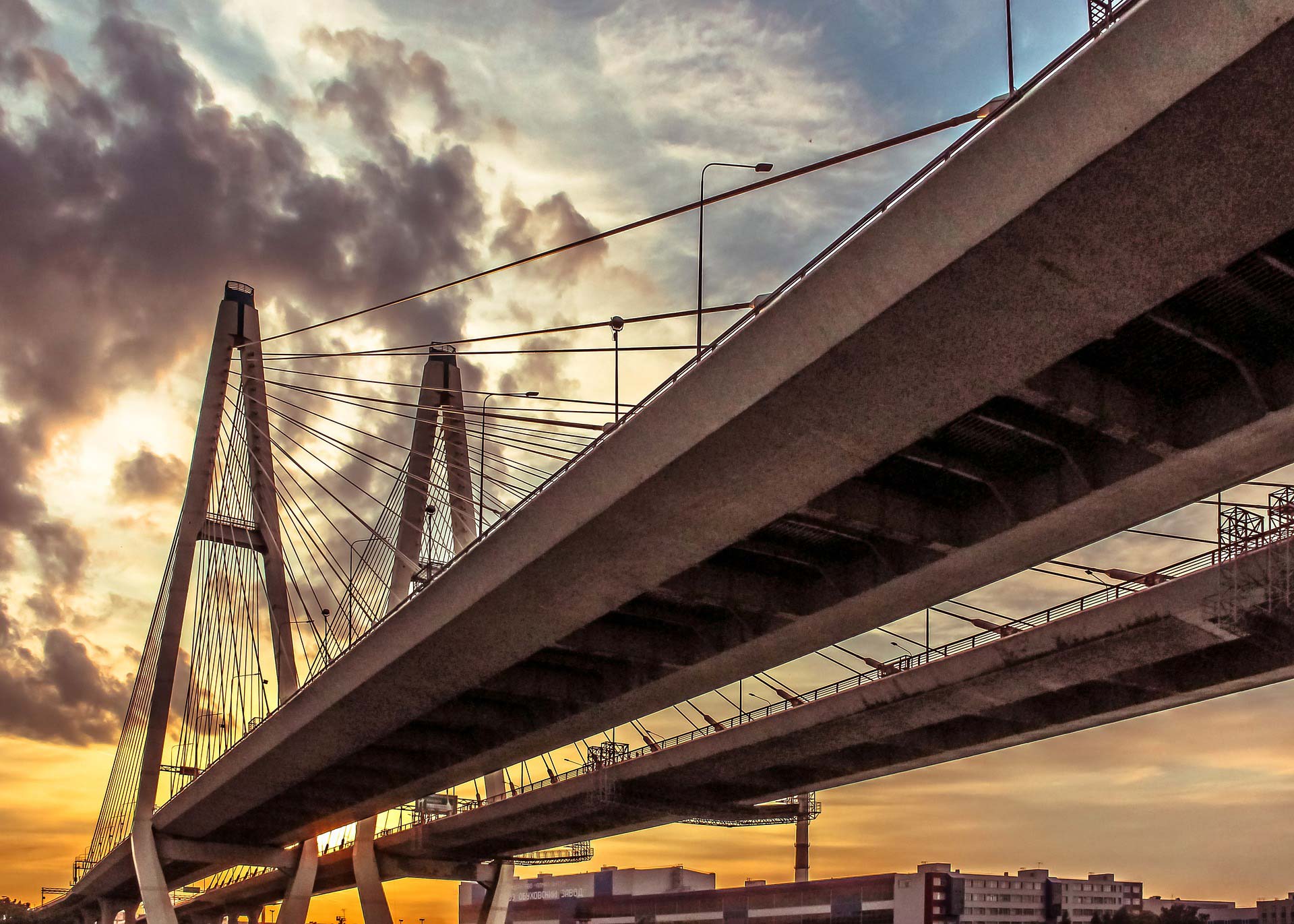
- Beam bridges: these bridges overcome the span by means of post-tensioned reinforced concrete beams or steel lattice girders.
- Tilt bridges: these are structures that rotate around an axle to allow them to be removed to allow ships to pass.
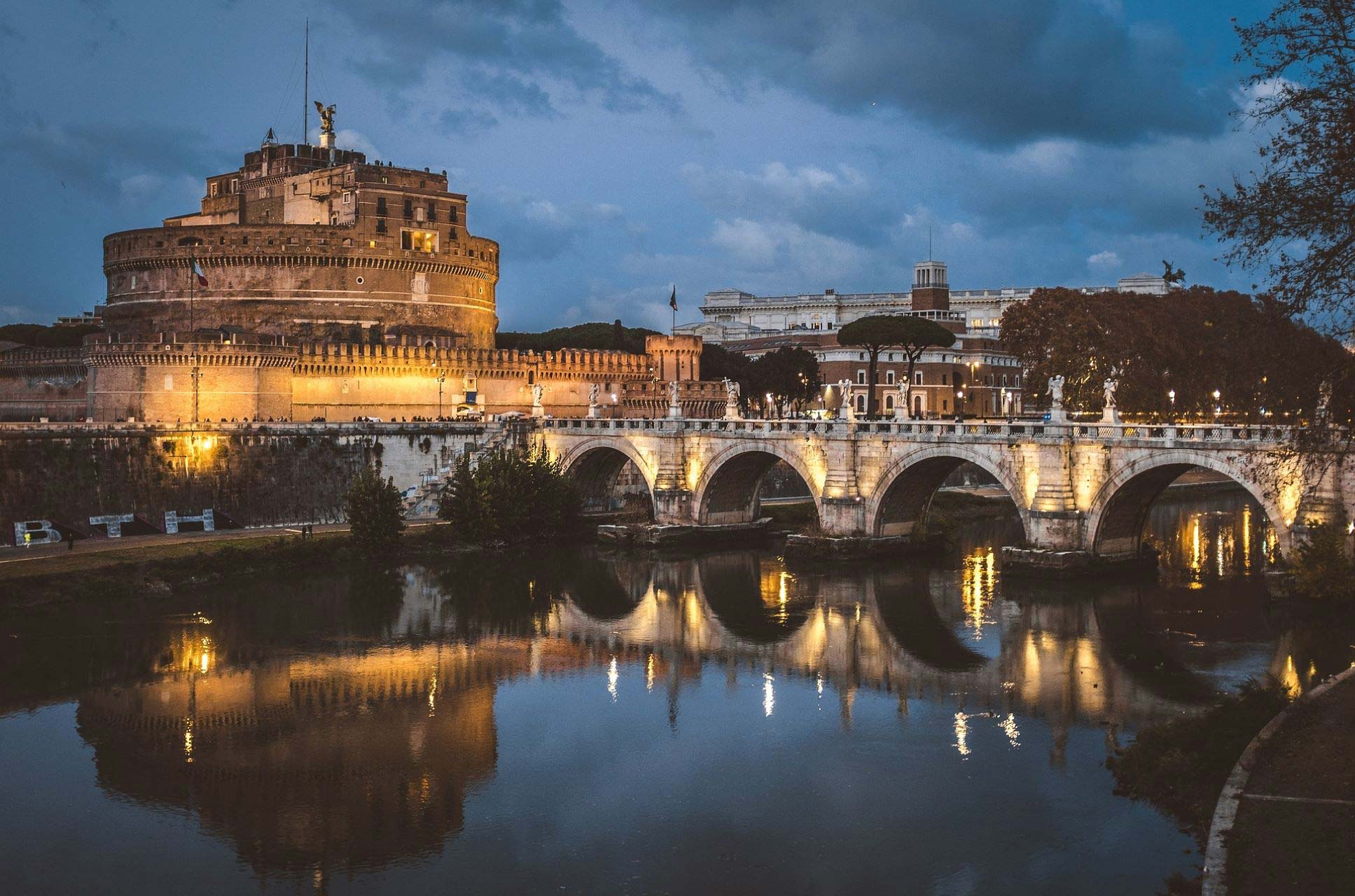
As we can see, bridges not only physically connect two sides, but also reflect human creativity in their design and construction. They also remind us of the importance of engineering and its impact on the daily lives of millions of people.
By Alberto Lopez, Senior Structural Engineer in Amusement Logic’s Architecture Dept.
Share This Story, Choose Your Platform!


